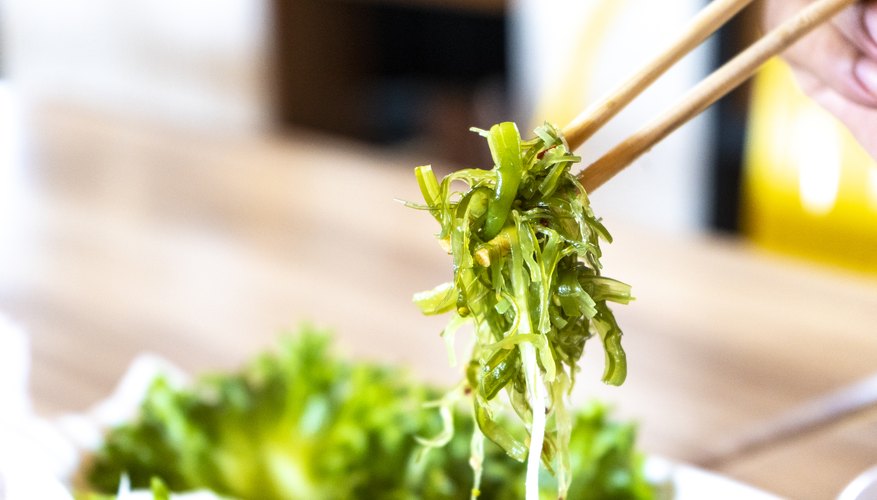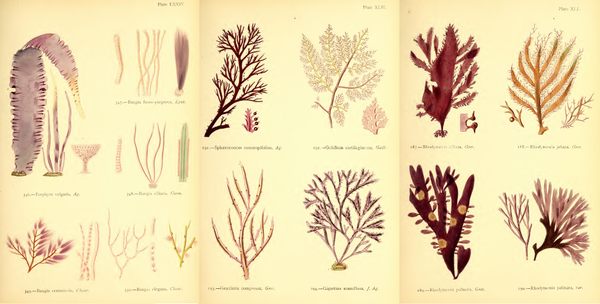Andrew Duff
proper brummie kid
This may sound like a strange question, but it is perfectly serious. I am a specialist in the study of beetles (the insect, not the car) and for years my fellow coleopterists and I have been puzzled by the occurrence in Warwickshire (and incidentally neighbouring Leicestershire), during the latter part of the 19th century, of some beetle species that are otherwise only known from banks of decaying seaweed at the coast. Specimens still exist in museums and there is no doubt that some of them, at least, are correctly identified. But what on earth are seaweed beetles doing in Warwickshire? We think that mislabelling of specimens or deliberate fraud is very unlikely, especially as three different species in two counties are involved.
My friend Steve Lane (formerly of Coventry Museum) and I have formulated a working hypothesis but it needs some in-depth local historical knowledge to substantiate it. We think that perhaps seaweed could have been loaded onto barges at the coast and transported by canal to Warwickshire, either for use as a fertiliser ("sea-manure") or as a raw material in the production of iodine or agar, or for some other industrial use. It is telling that one of the sites where these beetles occurred, a mossy bank near the village of Knowle, is less than a mile from the Grand Union Canal.
Please could members rack their brains and raid their collective libraries for any reference to the importation of seaweed into Warwickshire. There might be just a passing reference in a history of the canal network, history of farming or industrial history in the county. If we can find that last link in the chain of reasoning then a long-standing zoogeographical puzzle will have been solved at last!
Hoping you can help.
Best wishes,
Andrew Duff, Ph.D.
110 Cromer Road
West Runton
Norfolk
NR27 9QA
My friend Steve Lane (formerly of Coventry Museum) and I have formulated a working hypothesis but it needs some in-depth local historical knowledge to substantiate it. We think that perhaps seaweed could have been loaded onto barges at the coast and transported by canal to Warwickshire, either for use as a fertiliser ("sea-manure") or as a raw material in the production of iodine or agar, or for some other industrial use. It is telling that one of the sites where these beetles occurred, a mossy bank near the village of Knowle, is less than a mile from the Grand Union Canal.
Please could members rack their brains and raid their collective libraries for any reference to the importation of seaweed into Warwickshire. There might be just a passing reference in a history of the canal network, history of farming or industrial history in the county. If we can find that last link in the chain of reasoning then a long-standing zoogeographical puzzle will have been solved at last!
Hoping you can help.
Best wishes,
Andrew Duff, Ph.D.
110 Cromer Road
West Runton
Norfolk
NR27 9QA








